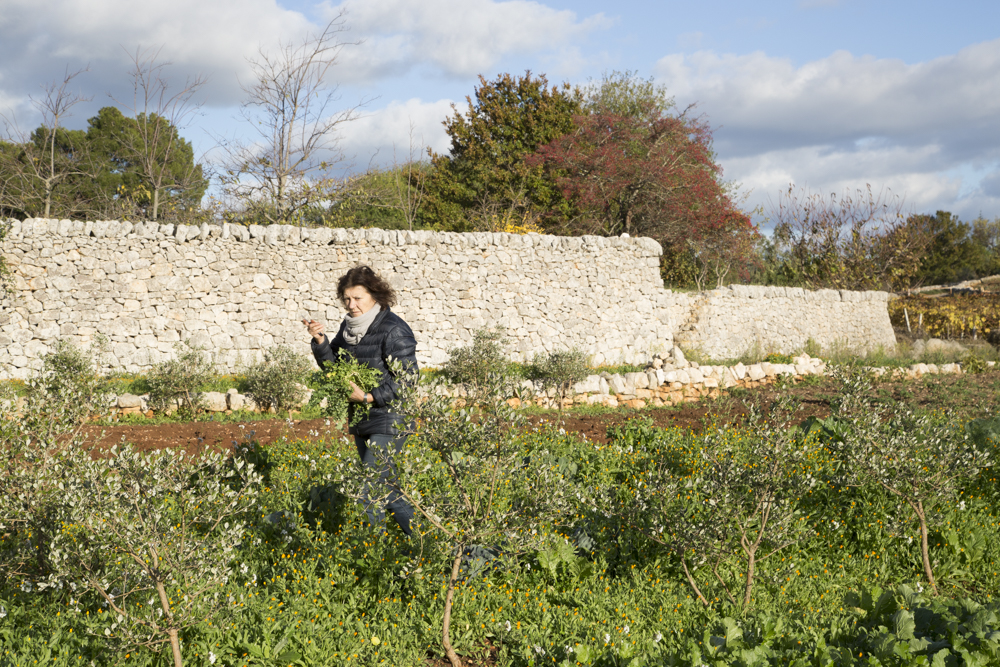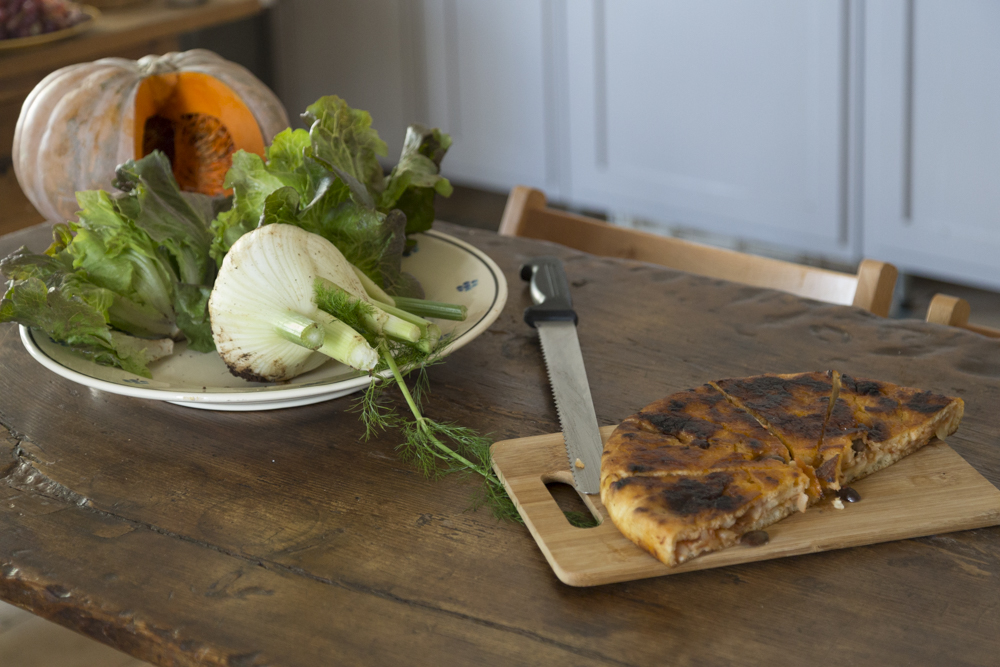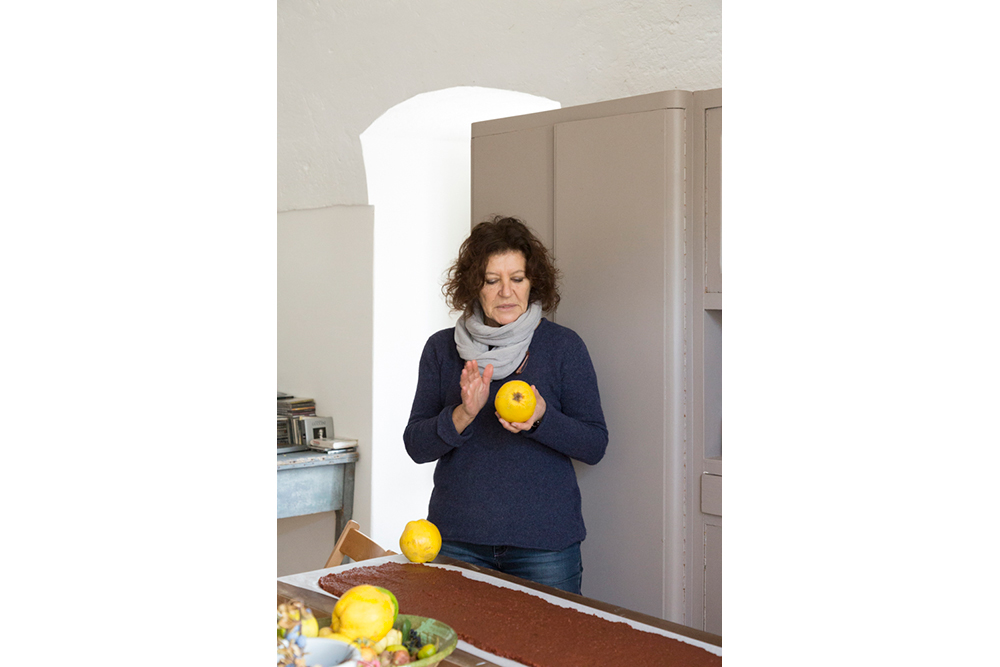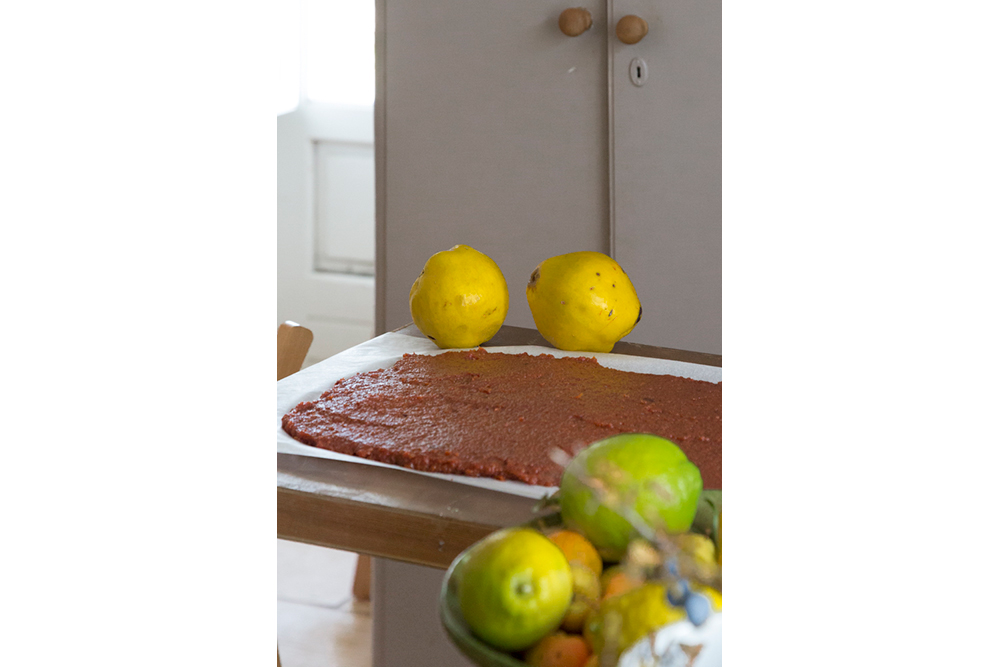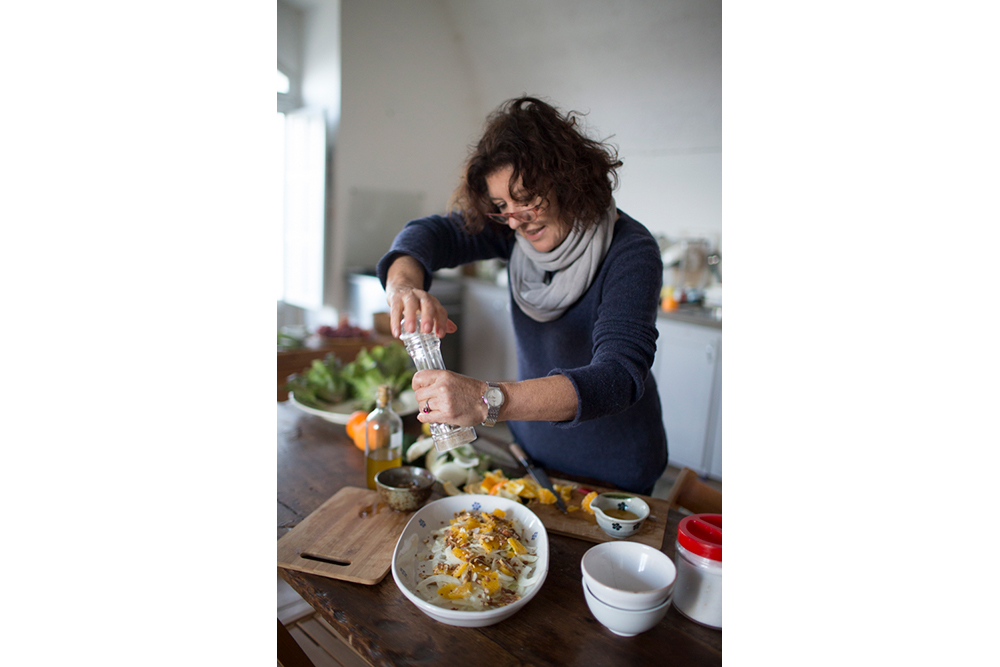Fennel and Orange Salad with Dried Figs and Almonds
Anna’s Fennel and Fig Salad
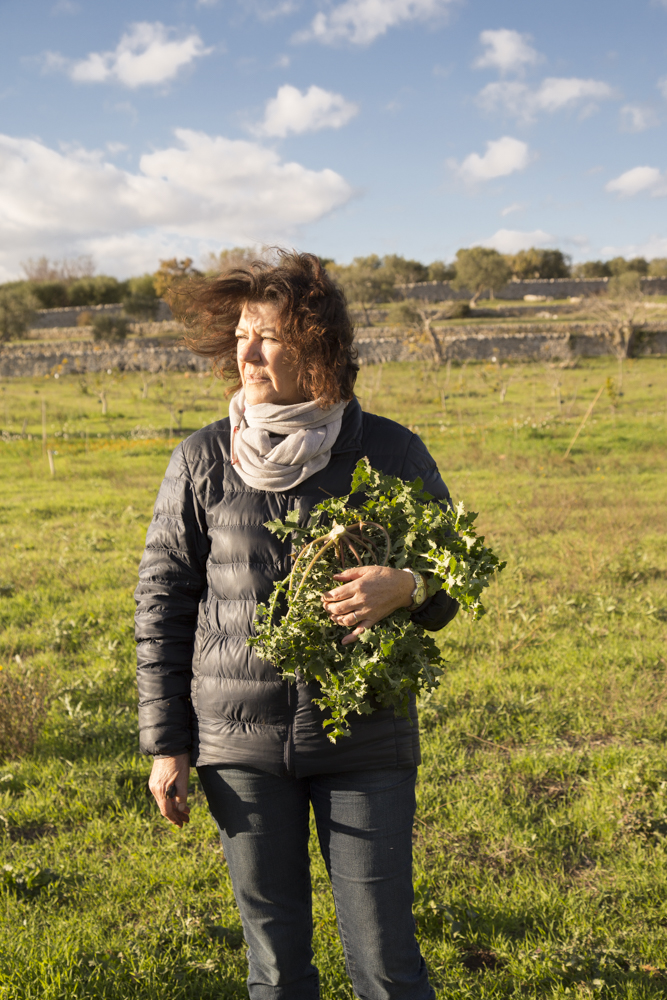
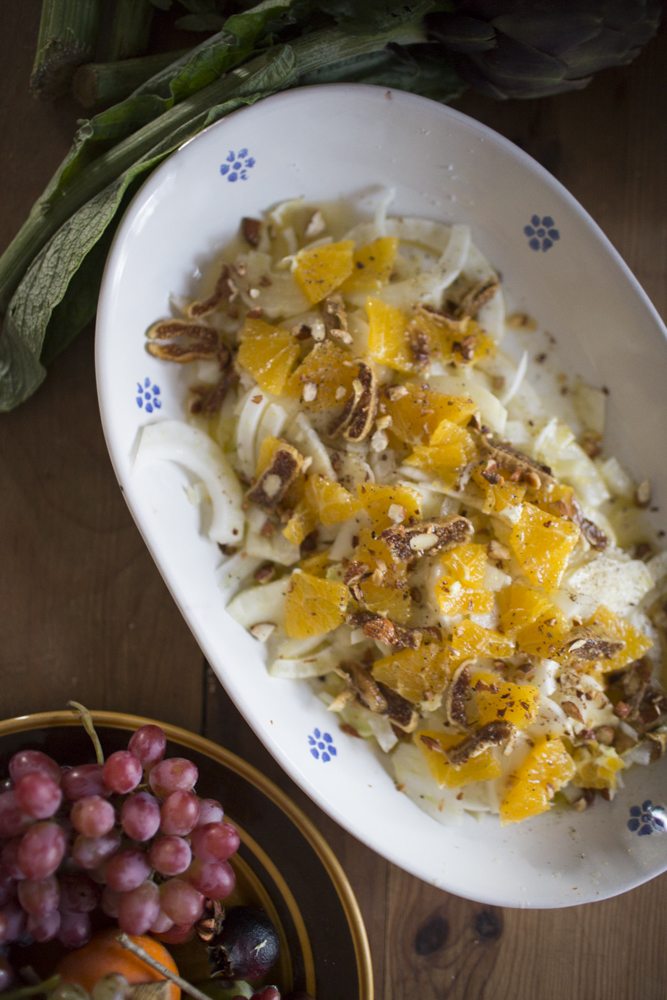
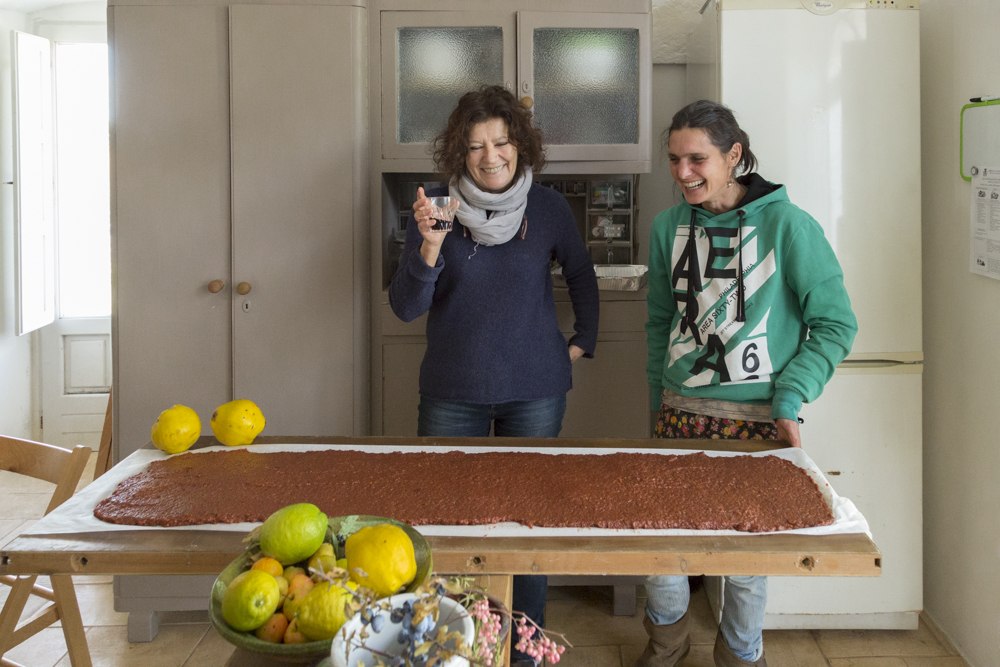
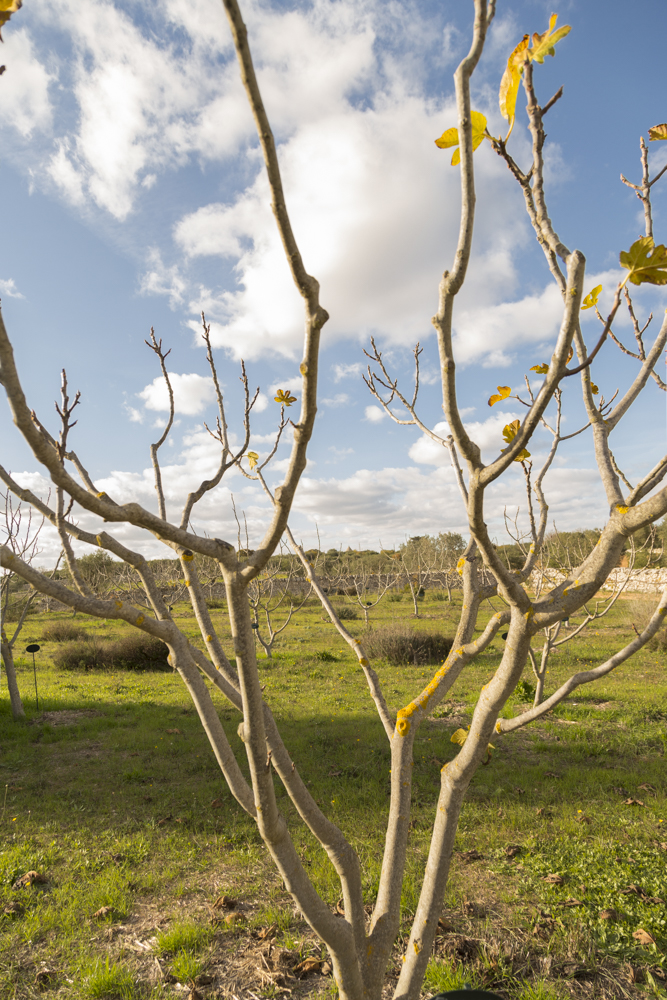
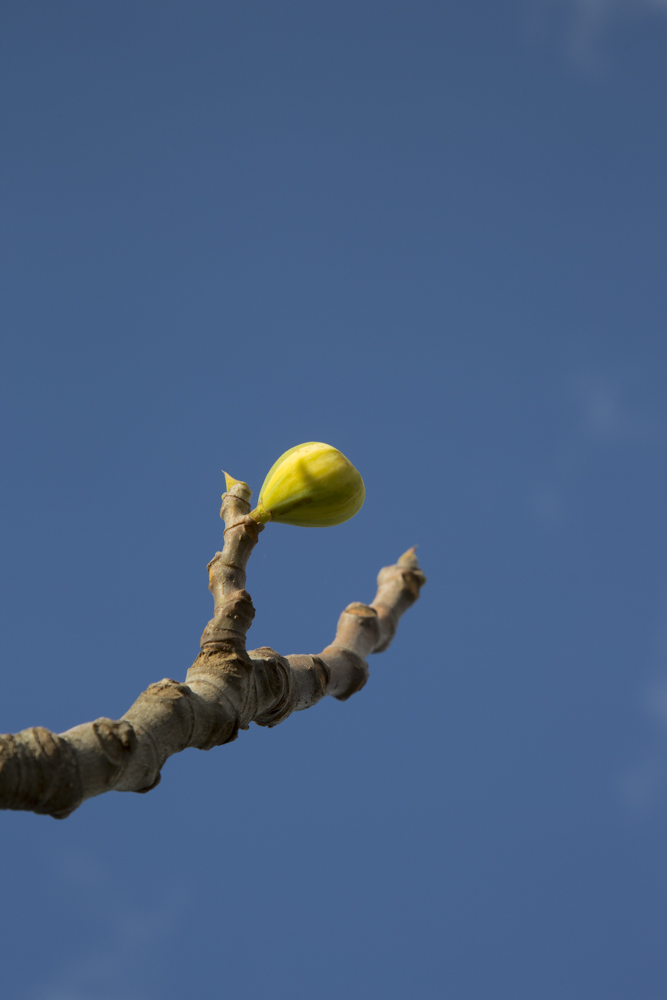
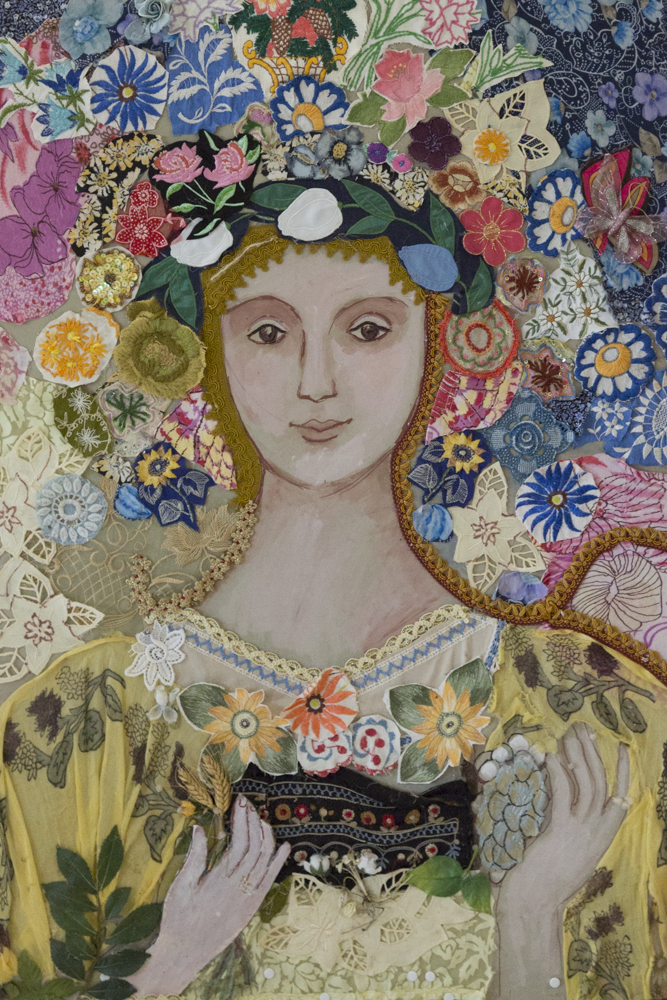
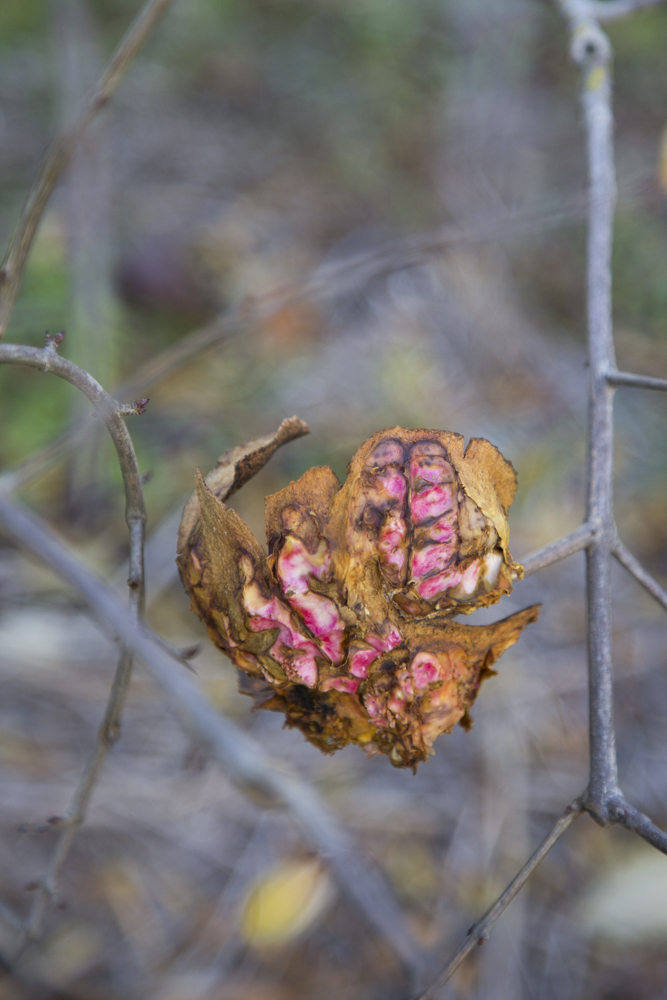
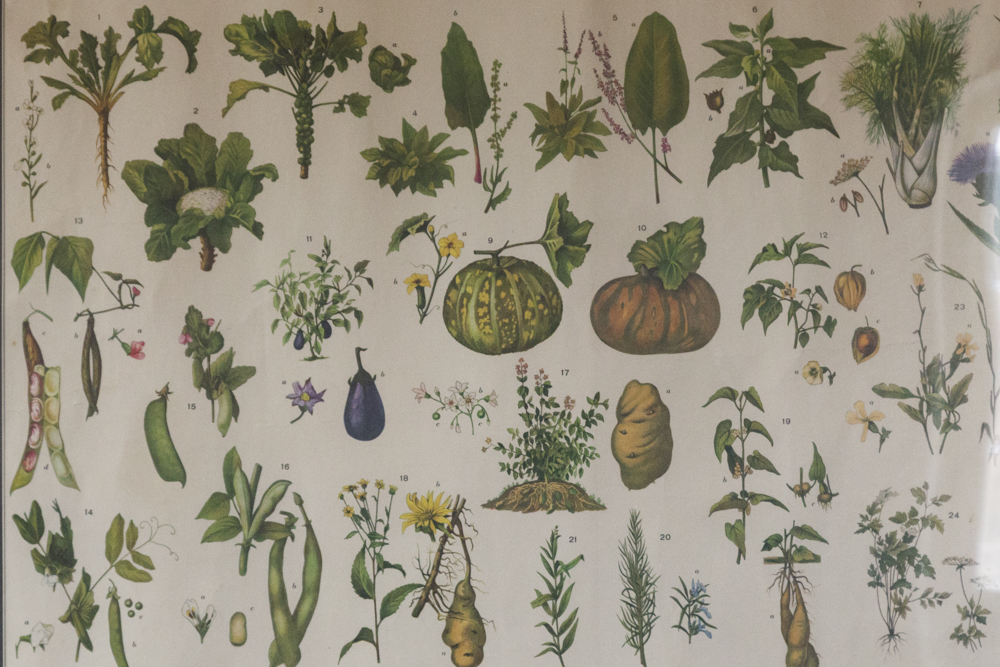
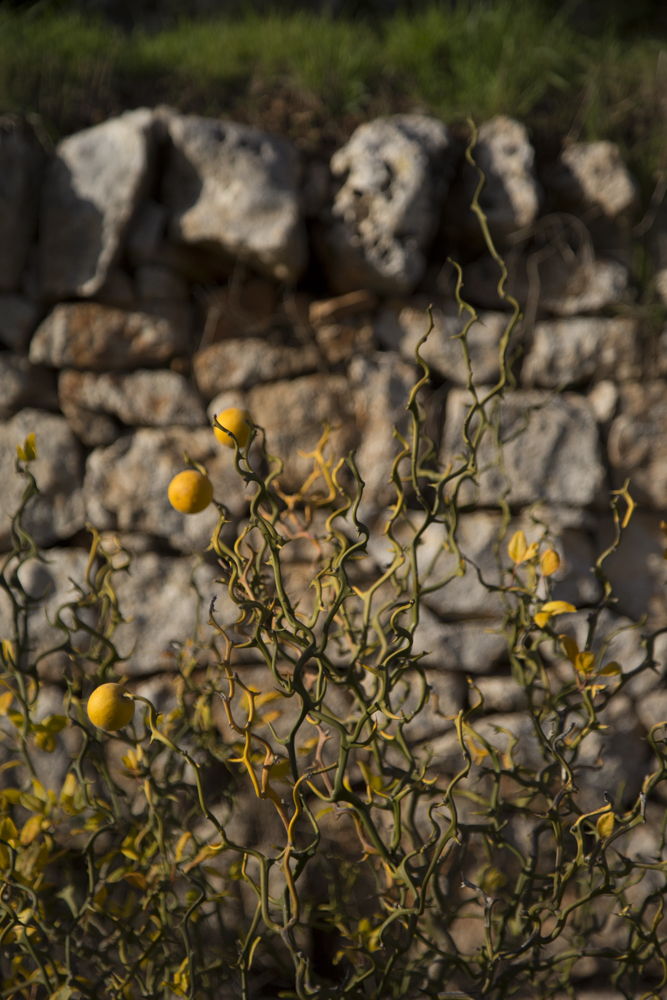
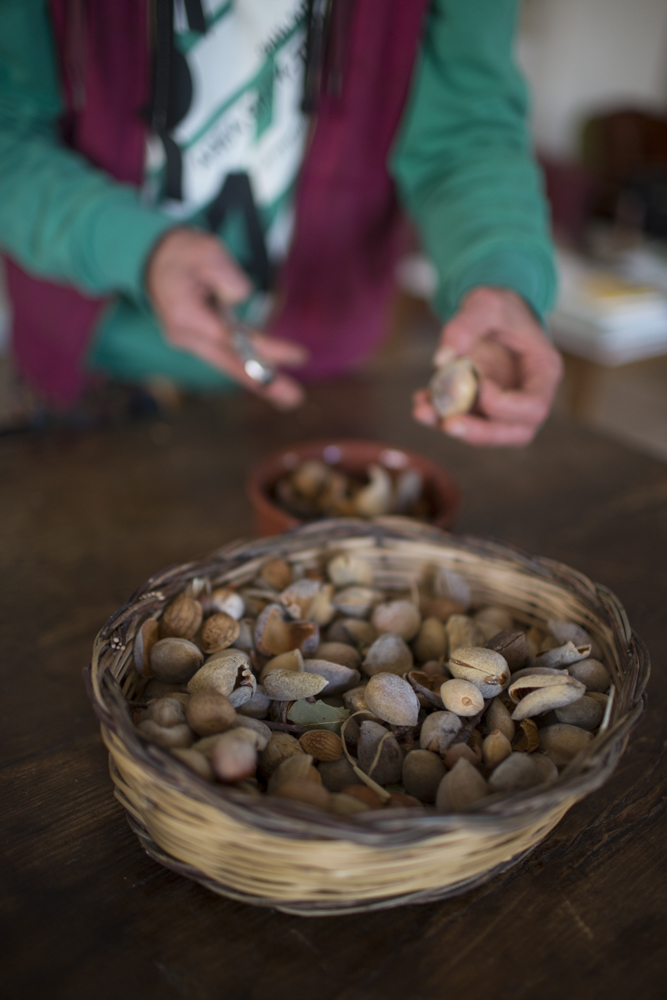
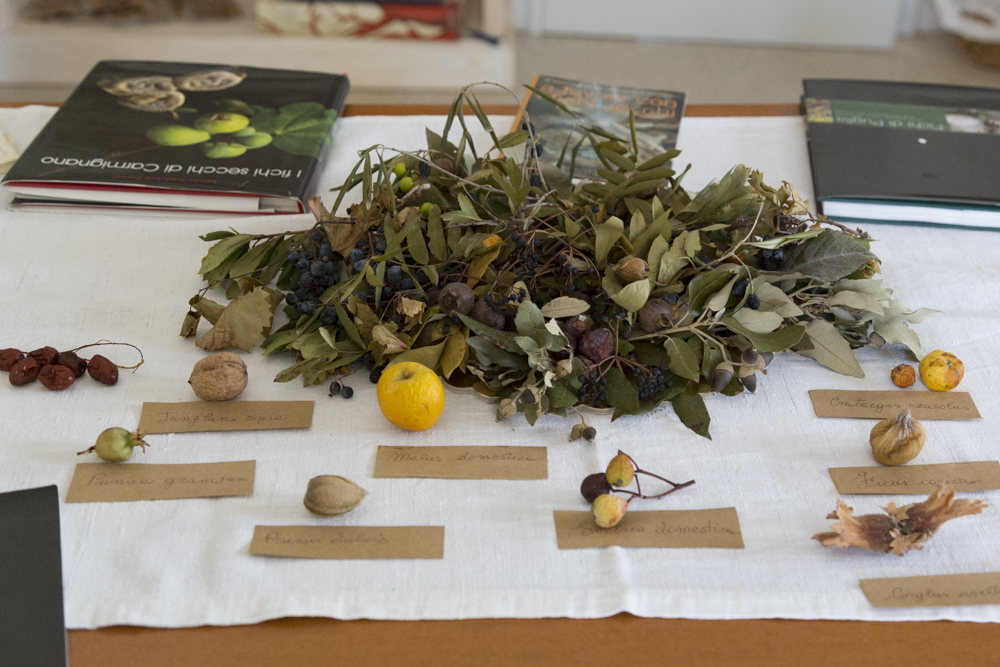
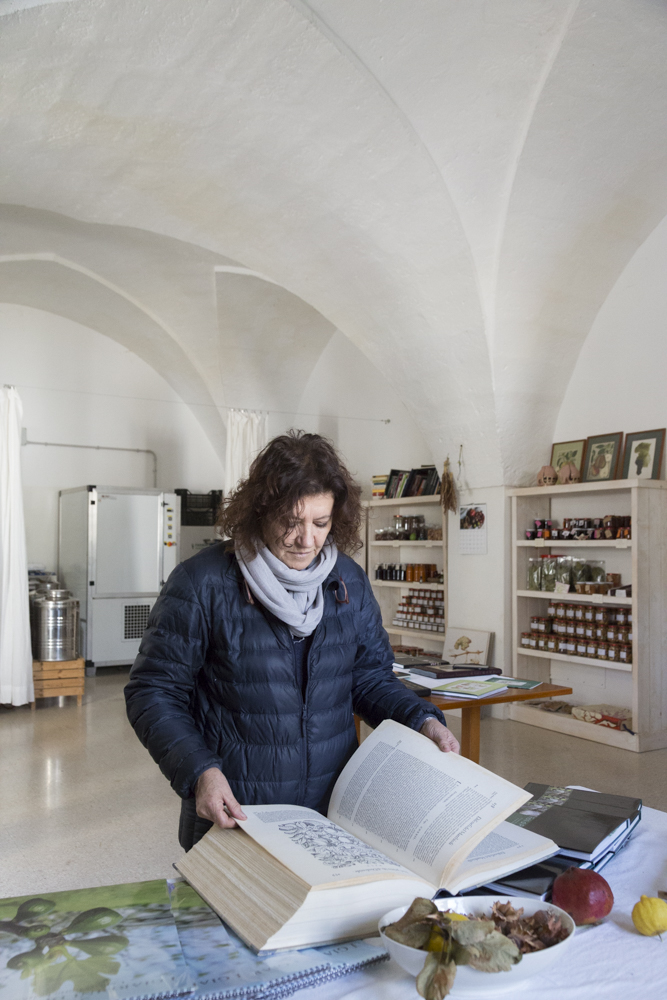
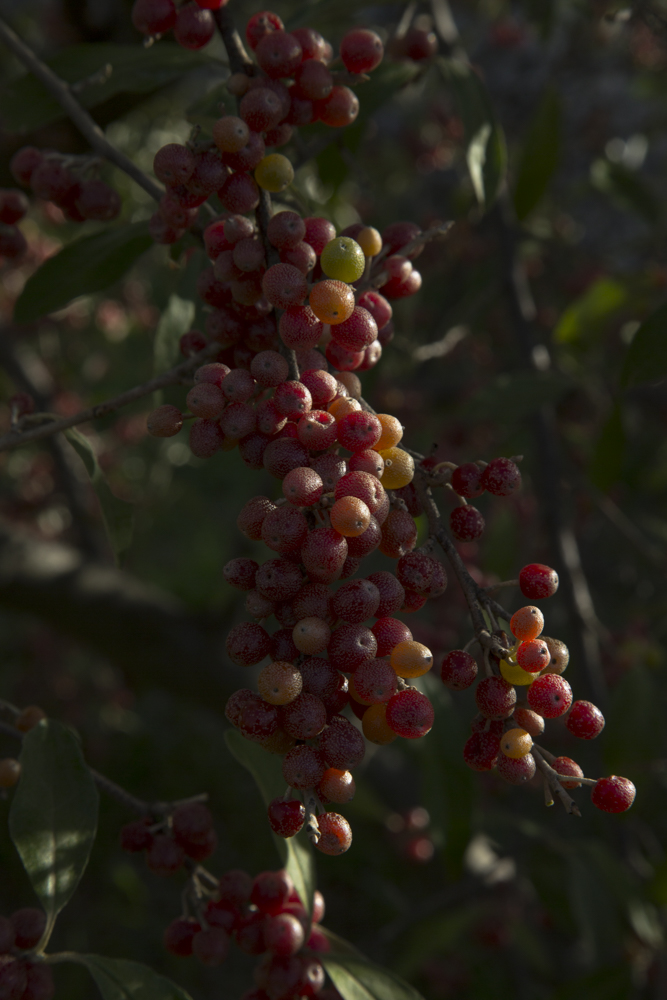
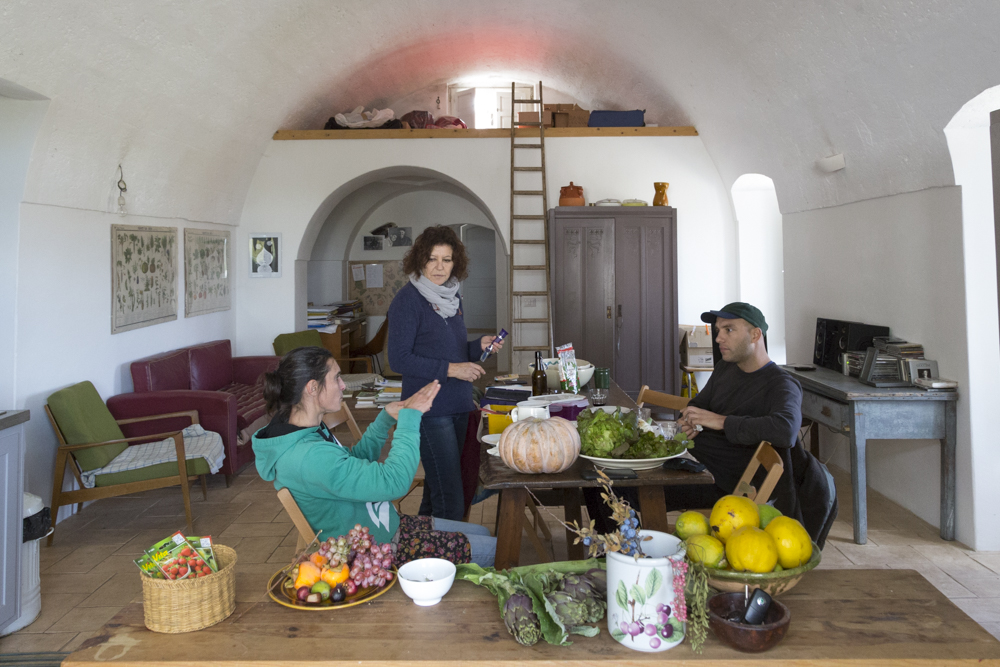
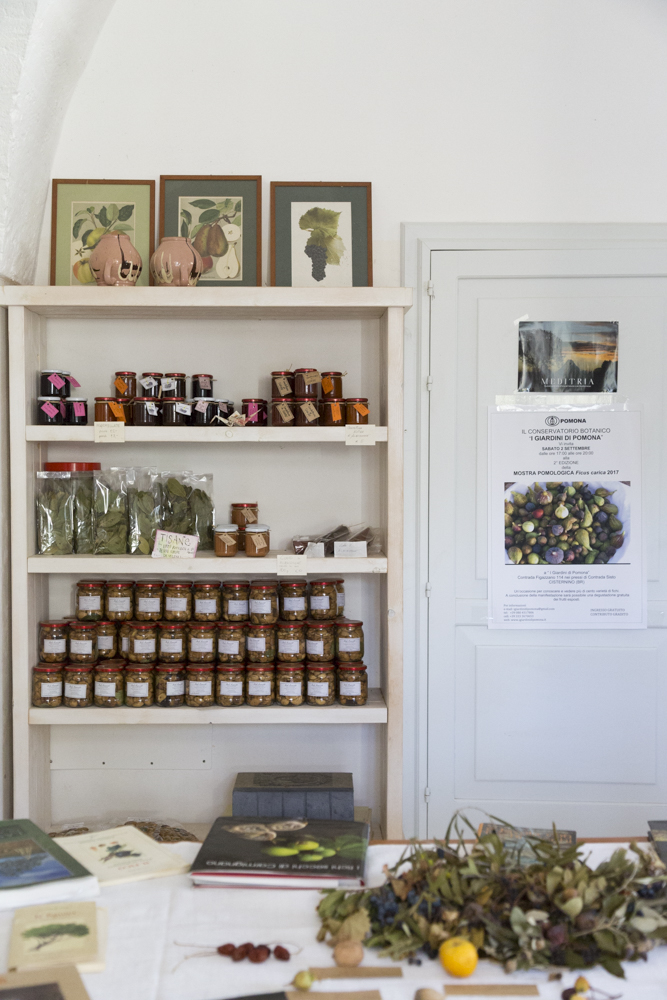
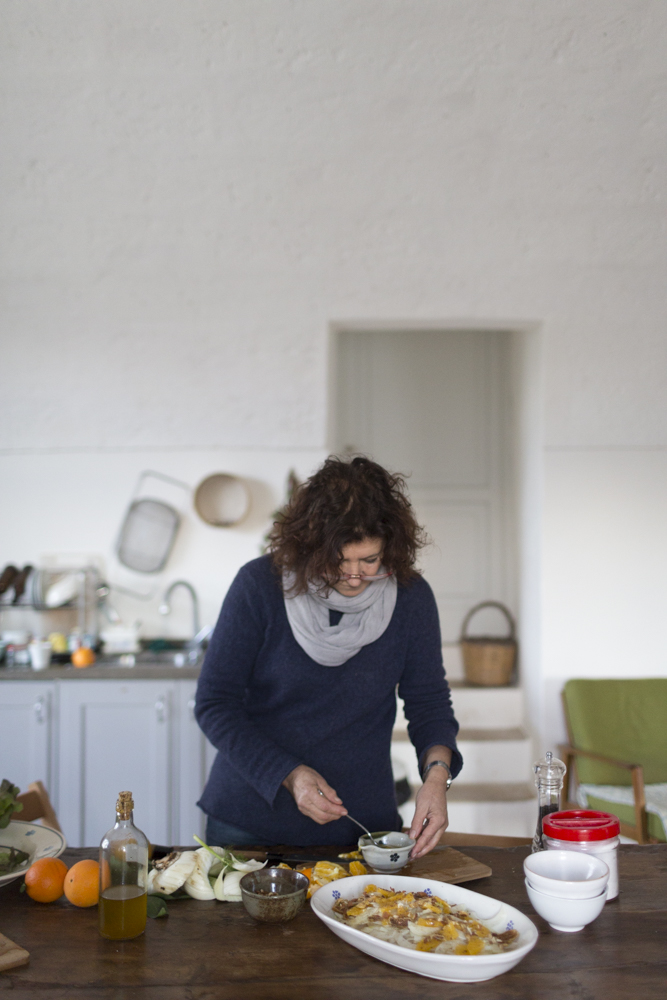
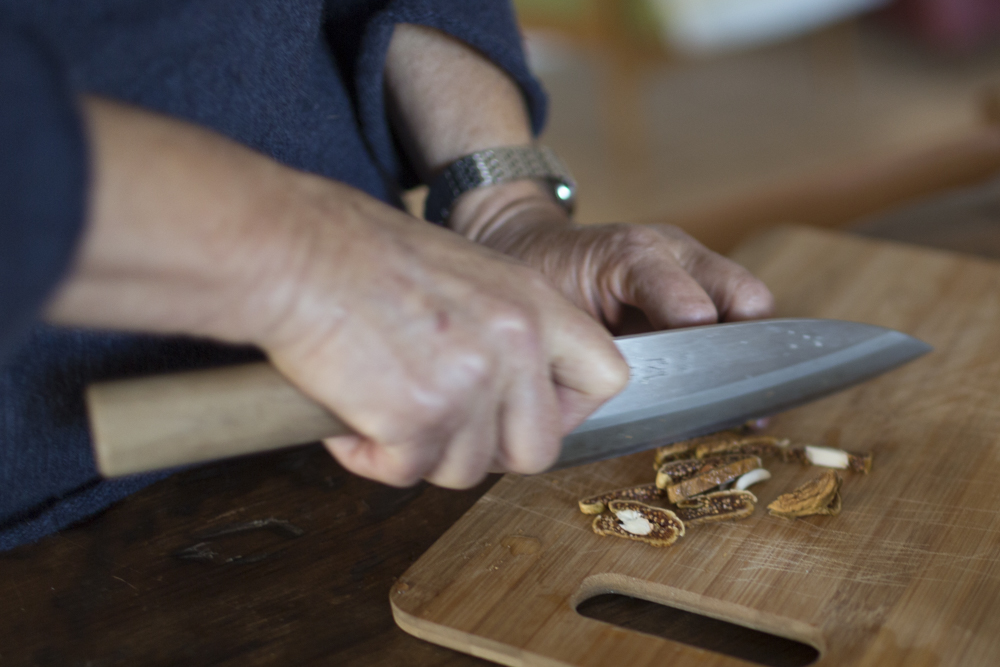
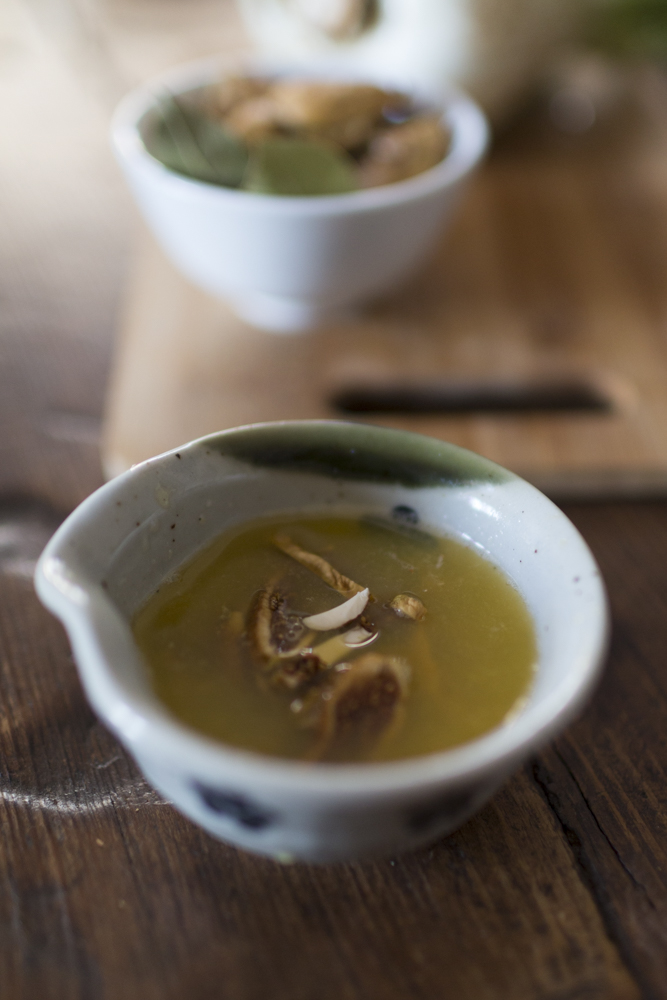
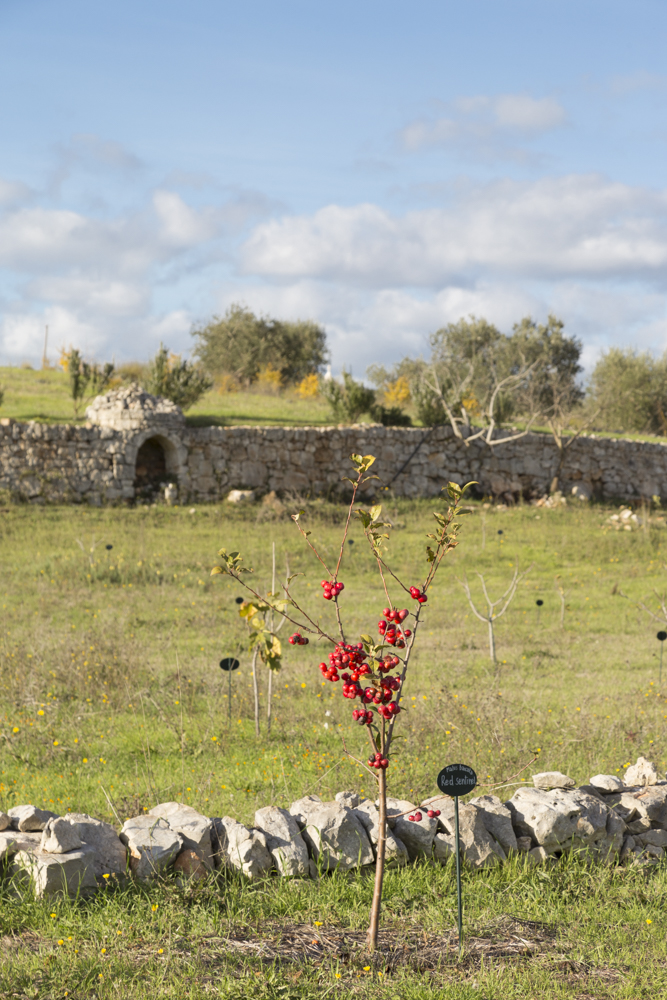
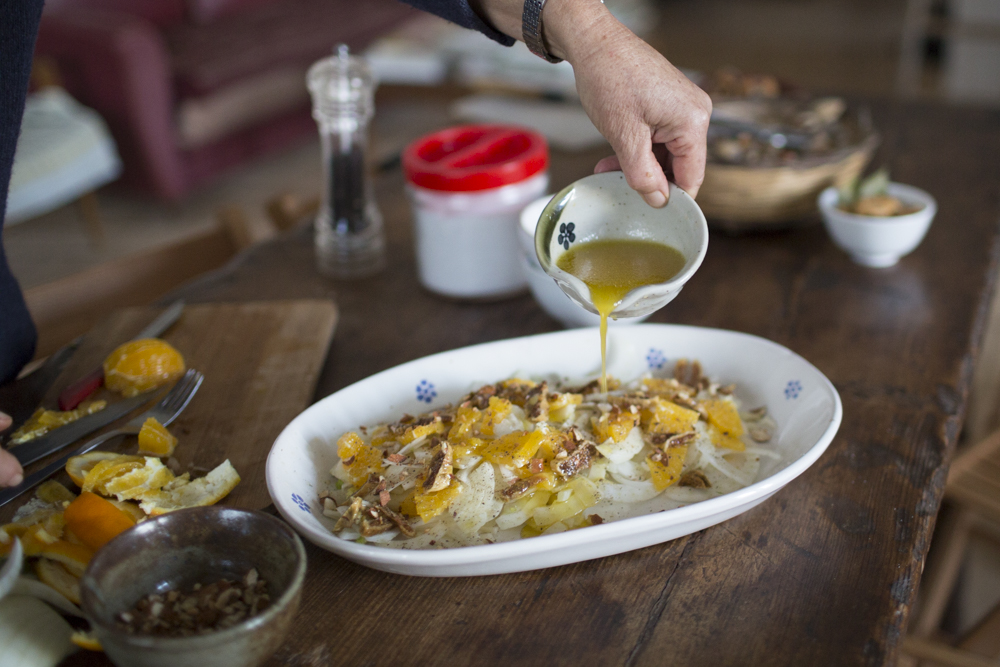
NOTES
Fennel and orange are a classic combo. Anna is using their “married” figs with dried lemon peel and almonds inside, but dried calimyrna figs will work perfectly well.
RECIPE
SERVES
4
PREP TIME
10 MINS
Salad
-
2smallfennel bulbs
-
1navel orange
-
1/2cuptoasted almonds, chopped
-
salt + pepper to taste
Dressing
-
3dried"married" figs, roughly chopped
-
1navel orange, juiced
-
1tbslemon juice
-
1/4tsporange zest
-
3tbsextra virgin olive oil
“Who maintains the garden?” Anna and Maja exchange a glance and laugh, “One Maja, one Anna, one Giovanni and a quarter of Daniele and Pietro.” They are serious. I giardini di Pomona, this sprawling rare fruit conservatory in the central part of Italy’s Puglia region, is somehow maintained year round mostly by it’s owners Paolo Belloni and Anna Ferro, and their trusted hand, Maja. I giardini di Pomona is the largest collection of fig trees in the Mediterranean, with over 500 varieties that fruit twice a year. Of course, we are visiting in November, when the branches are bare and all the only trace of the coveted fruit is in their stockpile of “married figs,” stuffed with lemon peel and almonds, packed with bay leaves and dried in the sun. The bay leaves add flavor, repel insects, and they also impart a wonderful aroma to what quickly became my favorite snack.
We begin with a little focaccia and a glass of red wine, seated in the vaulted quarters of Anna and Paolo’s home. This stone structure used to be a winery, and the entire basement a cistern. The line where the wine once filled the space is still visible on the stone walls, well above our heads. Agriculture and self-sustenance are built into the very foundation of this place. We visit the modest shop and education center, where a collage by the local artist Irena Hale sits front and center. This is an homage to wood nymph Pomona, the Roman goddess of the orchard. In this room, school kids and adults learn about the orchard before romping through the fields, stuffing their faces with cherries, rare fruits and figs of every color and flavor under the sun. Just because fig season is over, doesn’t mean there isn’t still work to be done. Maja and Anna reach up above the dresser to remove a cumbersome wooden plank. It’s topped with a 1” thick layer of quince paste. November is quince season, and they have spent the last few days cooking the stubborn fruits down and setting the concentrated pulp out to dry. The second I ooh and ahh, Anna cuts away a generous square and wraps it in parchment with a straw bow, gifting me the literal fruits of her labor without a second thought.
As we wind through the orchard, Anna tells us she has only lived at the Giardini for one year. She is from Piedmont, way up north, and is actually an apple specialist, not a fig specialist, though she is well on her way to being an expert now. Back in Piedmont, she was a primary school teacher for 43 years. She studied apples in her spare time, specifically the Italian heritage apples that were native to the country before the 1950s. That was a turning point, when American Agribusiness arrived, and the market narrowed to focus on apples that were much easier to grow, but far less complex in flavor and character. Unlike Fuji and Gala apples, the varieties Anna fostered were incredibly labor intensive. Take the Annurnca variety for instance, lovingly called the “women’s apple.” The fruit had to be picked before it was ripe, and set on shelves lined with straw. Women would then rotate each apple everyday, until the skin turned an even red, a color impossible to achieve under the dappled light on the tree. In that time, the sugars would develop, leaving you with a treat to behold, and more importantly, to eat.
Anna met Paolo 23 years ago as members of the same rare fruit consortium. Now they run the orchard together, tending their ancient trees and pioneering new permaculture experiments. Visit in August, and you can eat your weight in figs from the striped Panache, to the beloved Dottato. Sad not to have the chance to meet Paolo, Anna tells me he is a “Figo.” I look at them puzzled. It’s their favorite play on words,”Fico means ‘fig’ in Italian. Figo means ‘cool guy.’ “In that case, is Figa a cool girl?” No, they laugh, “That’s just slang for female genitalia.” So it goes.
P.S. Traveling to Puglia? The giardini rents an amazing Trullo on the property. Check it out.
